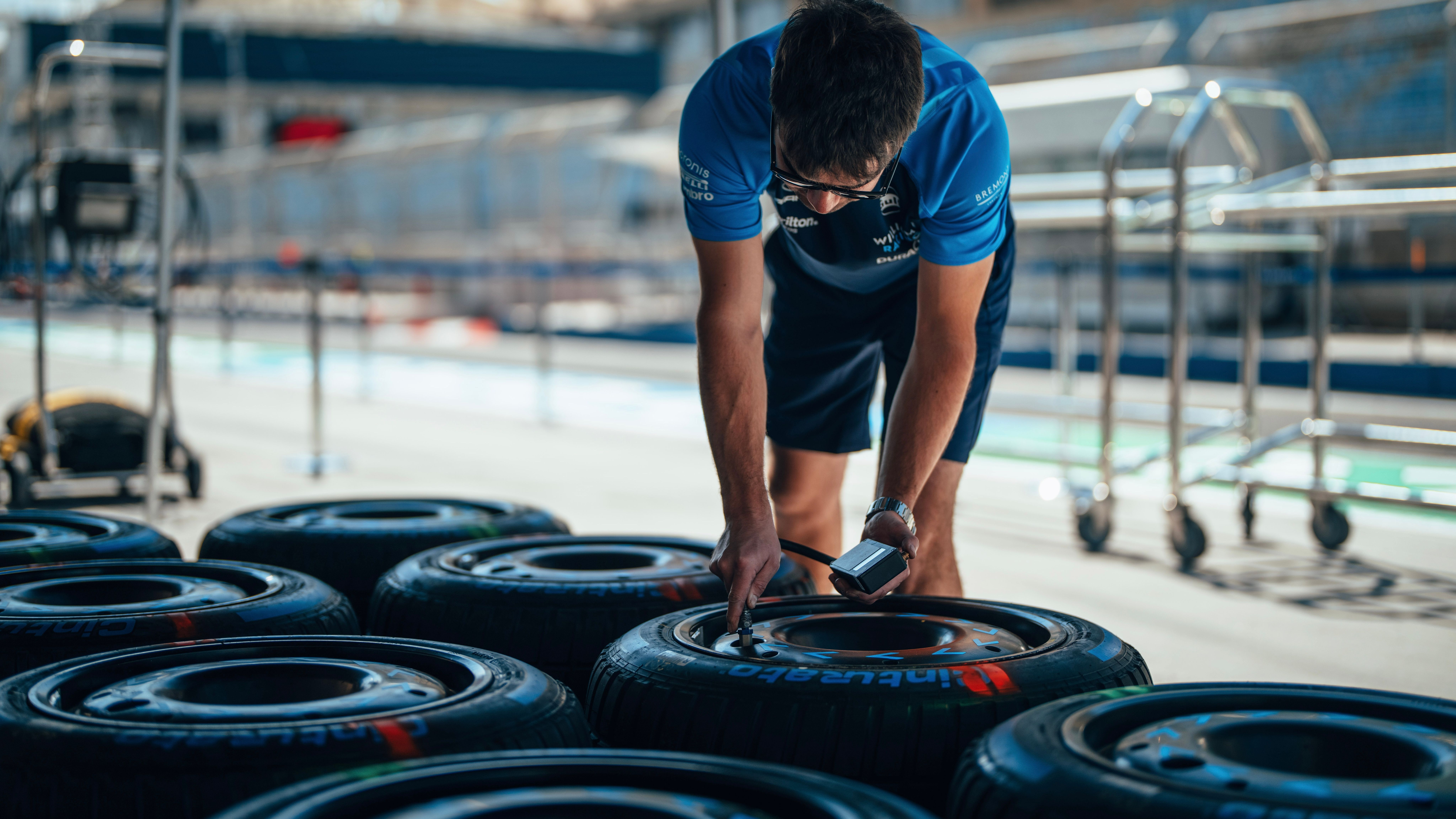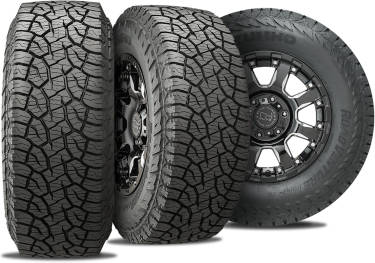All Categories
Featured
Table of Contents
The Michelin supplied a comfy driving experience, qualified by responsive steering and a modern understeer equilibrium. In spite of the cooler testing problems, Michelin's regular time and grasp over 3 laps indicates its viability for real-world applications.
One more remarkable facet was Yokohama's workout time. The tire's initial lap was a second slower than the second, indicating a temperature-related grip increase. This suggests the Yokohama could radiate in completely dry, race-like problems. However, for day-to-day use, the Michelin may be a more secure bet. Successor was the Hankook.
Cheap Car Tyres – Middle Swan 6056 WA
It shared Michelin's safe understeer balance yet did not have the latter's desire to transform. Continental and Goodyear's efficiencies were remarkable, with Continental's new PremiumContact 7 showing a considerable enhancement in damp problems compared to its predecessor, the PC6. This version was much much less delicate to fill changes and behaved similar to the Michelin, albeit with slightly less interaction at the limitation.
It combined the safe understeer balance of the Michelin and Continental with some stylish handling, verifying both predictable and fast. As an all-rounder for this Golf GTI, Goodyear's Asymmetric array was the standout, demonstrating impressive efficiency in the damp. The Bridgestone Potenza Sporting activity took the crown as the fastest tyre, albeit by a tiny margin.
This tire got grippier as it heated up, comparable to the Yokohama. Chauffeurs looking for an amazing damp drive could discover this tire worth considering. The standout performer in wet stopping was the latest tyre on examination, the PremiumContact 7, though the outcomes are nuanced. We carried out wet braking tests in 3 various methods, twice at the new state and as soon as at the worn state.
All-season Tyres (Middle Swan)
Preferably, we wanted the cold temperature level examination to be at around 5-7C, yet logistical hold-ups indicated we tested with a typical air temperature level of 8C and water at 12C. While this was cooler than standard test problems, it was still warmer than real-world conditions. The cozy temperature level examination was done at approximately 18C air and 19C water.
The 3rd run entailed damp stopping examinations on worn tires, specifically those machined down to 2mm with a tiny altercation. While we planned to do more with these used tyres, weather condition constraints restricted our screening. However, it's worth noting that damp stopping is most vital at the used state, as tyres generally enhance in completely dry conditions as they put on.

However, it shared one of the most substantial performance decline, along with the Yokohama, when used. Bridgestone, Goodyear, and Michelin saw the least efficiency decrease when used. Nonetheless, Bridgestone and Goodyear's efficiency dipped in cooler problems. The Hankook tire signed up the smallest efficiency decline as temperature levels cooled, however it was amongst the most affected when put on.
Best Tyre Shop Services Near Me
The take-home message right here is that no solitary tyre mastered all elements of wet stopping, showing a complex interplay of factors influencing tire performance under various problems. There was a standout tyre in aquaplaning, the Continental finished top in both straight and rounded aquaplaning, with the Michelin and Goodyear also really excellent in much deeper water.

Yokohama could take advantage of a little more grip, a problem possibly influenced by the cooler conditions. As for handling, all tyres executed within a 2% array on the lap, demonstrating their top notch efficiency (Low-cost tyres). Considering these tyres basically target the same consumer, it's fascinating to observe the significant differences in feel.
The surprise is due to the fact that the PremiumContact 6 was one of my favourites for flashy completely dry drives, yet its follower, the PremiumContact 7, seems elder and appears like Michelin's performance. Among these, Hankook was the least exact in guiding and communication at the restriction. Budget tyres. Both Michelin and Continental offered beautiful preliminary guiding, albeit not the fastest
If I were to recommend a tyre for a rapid lap to a beginner, say my papa, it would certainly be one of these. We have the 'fun' tires, specifically Yokohama and Bridgestone. Both were swift to steer and really felt sportier than the others, however the trade-off is an extra lively back side, making them more difficult to take care of.
Trusted Tyre Inspections
It supplied similar steering to Bridgestone but offered much better responses at the limit and better grasp. The Bridgestone Potenza Sport, nonetheless, seemed to degrade fairly swiftly after simply three laps on this demanding circuit. Lastly, there's Goodyear, which placed itself someplace in between the enjoyable tires and those having a tendency towards understeer.
All in all, these tires are excellent performers. For road usage, I 'd lean in the direction of either the Michelin or Goodyear, relying on your details choices. In regards to tyre wear, the approach utilised in this test is what the industry describes as the 'gold requirement' of wear. The wear specialists at Dekra performed this test, which involved a convoy of vehicles passing through a meticulously intended course for 12,000 kilometres.
Both the Bridgestone and Yokohama tires considerably underperformed in contrast to the other 4 tires in regards to rolling resistance, with Continental a little exceeding the rest. Relating to the convenience level of the tyres, as anticipated, the majority of showed an inverse correlation with handling. The Continental, Michelin, and Goodyear tires performed ideal throughout different surface area kinds evaluated.

Bridgestone started to show indicators of suppleness, while Yokohama was particularly jarring over pockets. We did determine internal noise levels; however, as is usually the case, the results were closely matched, and because of weather restraints, we were unable to conduct a subjective evaluation of the tires noise. Finally, we considered abrasion figures, which measure the amount of tire tread lost per kilometre, normalised to a one-tonne vehicle.
Top Tyre And Wheel Services – Swan 6056 WA
This figure represents the quantity of rubber dirt your tires create while driving. Michelin led in this group, creating over 9% less rubber particle matter.
Latest Posts
Honest Tyre Upgrades
Affordable Premium Tyre Selection Near Me – Bassendean
Discount Car Tyres Near Me